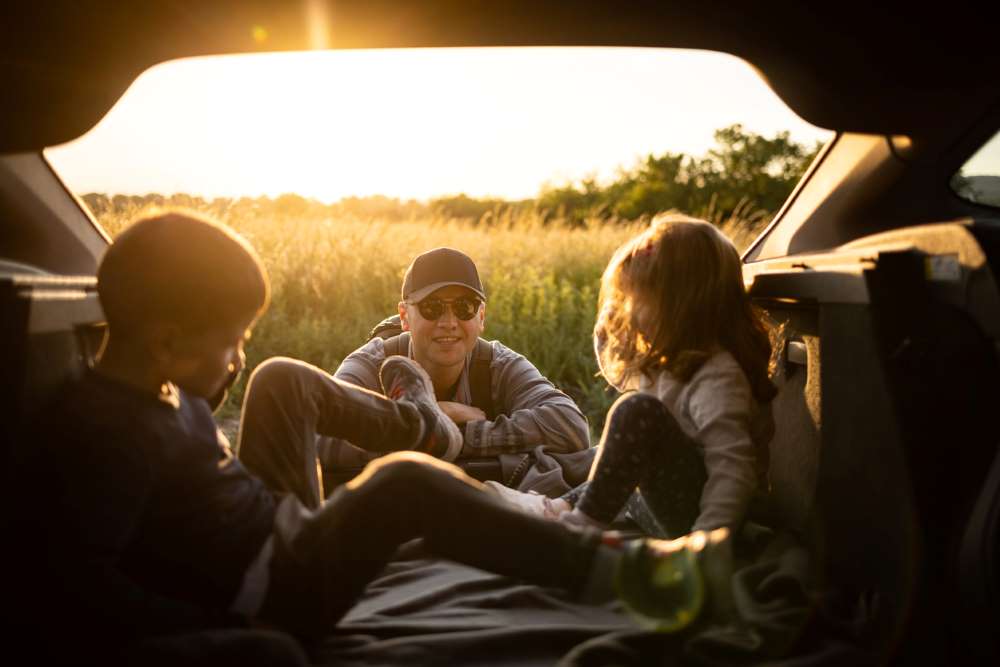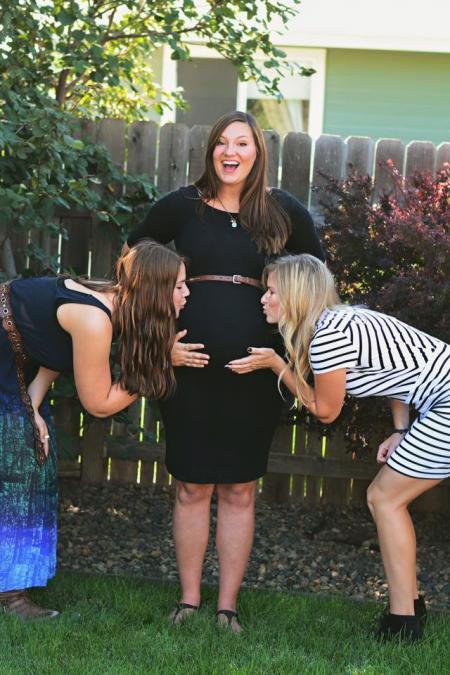
When you decide you’re ready to sell your old car and buy a new one, it’s a big decision. This decision is sometimes even bigger or at least feels that way when you have kids. You want a vehicle that’s going to give you space, functionality, safety, and reliability.
Your needs may differ from what you look for in a vehicle when you don’t have kids.
This is also a good time to start thinking about registration and getting those private plates you always wanted.
With those things in mind, the following are the significant considerations to remember as you choose a family vehicle.
What Makes the Best Family Car?
While we briefly touched on some of these elements above, what exactly makes the best family car?
Generally, you’ll want to look at the following:
-
Reliability
-
Economical
-
Spacious
-
Great safety rating
-
Quality manufacturing
-
Affordable
-
Practical
Below, we detail some other features to look for in a new family car.
Safety
Safety is always a priority when you choose a vehicle of course, but perhaps even more so when you’re carrying your family in it. Most modern cars have good safety ratings and features, so this shouldn’t be difficult to find. However, some features may be more of a priority for you.
When you’re choosing a car for safety, remember:
-
Look at the safety ratings from the Insurance Institute for Highway Safety. Every year the IIHS releases a list of their picks for the safest cars in that model year. Even if it’s not on the list, you can still use this guide to find a safe vehicle. These ratings are determined by crash safety and restraint tests primarily.
-
For safety, it’s best to avoid very light or small vehicles if possible. Not only is it unlikely your family and cargo will fit in a very small car, but they also don’t have the same level of passenger protection as a heavier or larger car. You don’t necessarily have to get a truck or SUV, but you might also avoid small and mini cars. Choose a standard-size vehicle at a minimum.
-
Some of the newer electronic safety features to keep an eye out for as you choose a vehicle include adaptive cruise control, automatic emergency braking, blind-spot detection and lane departure warnings. These features can make you a more mindful, safer driver in addition to being in a safe vehicle.
-
For kids in the backseat, side-impact airbags can be especially important. You really want to think about the quality of the doors when you choose a new car, with particular consideration to a potential side-impact collision.
Along with the IIHS safety data, take a look at data from the NHTSA once you have a shortlist of vehicles you’re thinking about.
Trunk Capacity
The more kids you have, often the more stuff you also have. Your trunk will be full of baby gear, groceries, sports equipment, luggage, and many other things.
You should look for stow-and-go rear seating if possible. Make sure the back of your vehicle is spacious enough for the things you could see yourself transporting most often.
You’ll often see a term in vehicle reviews and ratings called cargo space. The specific ways of measuring cargo space can vary depending on the guide, but it’s usually measured from the top of seatbacks. Cargo volume is the total cubic feet of space from there into the cargo area. In SUVs, hatchbacks and vans, you’ll often see the measurement given twice. One is taken with the seats up, and then it’s measured again with the seats folded down.
Rear Seat Space
If you have a baby or young children, car seats are very bulky. You want to check the backseat and see how much space will be available when car seats are in.
You have to think about how the amount of space in the rear will affect the legroom in the front of the car too. For example, if your vehicle doesn’t allow enough space in the rear, your seat or the front passenger’s seat may have to be pushed forward to accommodate, and it can be uncomfortable.
If you like latch fastening, make sure all the seats in the back have it because some don’t include it on the middle seat.
Seats
Along with the amount of space surrounding the seats, of course, you want enough seats. Think about your current and potential future needs. There are SUVs with six and seven-seat options, and many SUVs have rear folding seats that you can use as needed.
Reliability
No one ever wants to deal with a breakdown, but it can be especially arduous if you have kids with you. A newer car will be more expensive upfront but will also offer you more reliability. That peace of mind may be worth it to you. Nearly new cars are another option if you’d rather not buy a brand-new vehicle.
If you go with a nearly new car, you can often save as much as 40% off the list price, and they tend to have under 30,000 miles.
Along with reliability, think about what the overall cost of ownership will be like. You can find guides online that will let you estimate the cost of ownership for different vehicles before you buy.
Extra Features
There are some high-end features, and upgrades you might decide are must-haves for you. With kids in the car, having screens in the back and a good infotainment system often make the list.
You might want charging ports in the backseat or features that are automatic or can be used with one hand. Automatic doors and one-hand folding seats are examples.
Overall, when it’s time to buy a new vehicle, take your time. Do your research and figure out what is non-negotiable for you and your budget before you go out shopping. This will help guide your decision-making and also help you avoid being steered in one direction or another at the dealership.



























